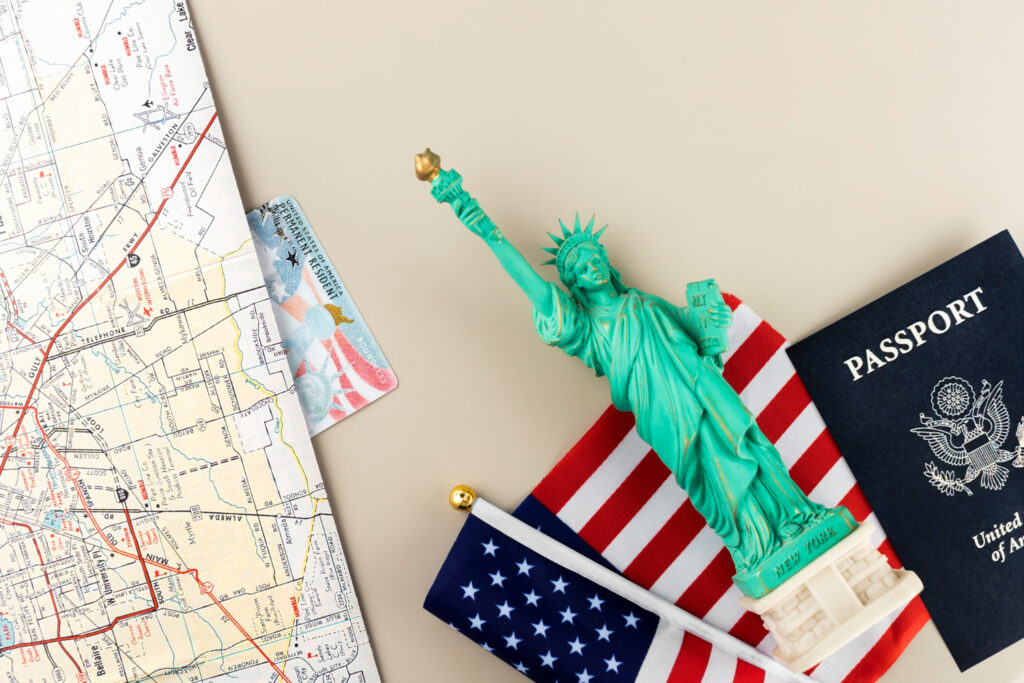
The length of stay in the USA on a tourist visa depends on various factors, including the type of visa and the decision made by U.S. Customs and Border Protection (CBP) upon your arrival. Below is a detailed explanation of the regulations and processes governing your length of stay on a U.S. tourist visa:
1. Overview:
A U.S. tourist visa, specifically a B-2 visa, is designed for individuals visiting the United States temporarily for tourism, vacation, or to visit family or friends. While the visa itself may be valid for a longer period (such as 1, 5, or even 10 years), it does not dictate how long you can stay in the U.S. on each visit. Instead, your authorized length of stay is determined by the CBP officer when you enter the country.
1.1 B-2 Tourist Visa:
The B-2 visa is the most common visa used for tourism purposes in the U.S. It allows you to engage in activities such as sightseeing, visiting family, attending cultural events, and more. However, it does not permit you to work or study in the U.S.
Validity: B-2 visas can be issued for varying lengths of time, up to 10 years, depending on the applicant’s nationality and the specific circumstances of their case. However, the length of the visa validity does not guarantee how long you can stay in the U.S. per visit.
Purpose of Travel: The B-2 visa is strictly for non-immigrant purposes, which means your intention must be to visit the U.S. temporarily. Overstaying your authorized duration can result in penalties or difficulties obtaining future visas.
2. Determining Your Length of Stay:
While the visa allows you to enter the U.S., your length of stay is ultimately determined by the CBP officer at the point of entry (usually at an airport or border crossing). The officer will assess your situation and provide a maximum length of stay.
2.1 Duration of Stay:
Typically, visitors on a B-2 visa are granted a stay of up to six months (180 days) per entry. However, this decision is at the discretion of the CBP officer and can be shorter depending on your travel plans, purpose of visit, and other factors.
Example: If you indicate that you are visiting for a short vacation, the officer may grant a stay of just a few weeks. On the other hand, if you’re visiting family and have plans to stay longer, you may be granted the full six months.
Stamp on Passport: When you arrive, the officer will stamp your passport with an expiration date, which shows the final day by which you must leave the U.S. This is your official authorized stay.
3. Extending Your Stay:
If you wish to stay longer than the period initially granted by the CBP officer, you may apply for an extension through U.S. Citizenship and Immigration Services (USCIS).
3.1 Extension Process:
Timing: You should apply for an extension well before your authorized stay expires, ideally at least 45 days before.
Requirements: To apply for an extension, you must demonstrate valid reasons for the extended stay, such as unforeseen circumstances, and show that you continue to meet the requirements of your B-2 visa.
Outcome: If USCIS approves your extension, you may stay in the U.S. for a longer period. If your request is denied or not processed in time, you must leave before your original authorized stay expires to avoid being out of status.
4. Consequences of Overstaying:
Overstaying your authorized duration can lead to significant penalties. If you remain in the U.S. beyond your authorized stay without applying for an extension, you may face the following consequences:
4.1 Penalties:
Ban on Future Travel: Overstaying by more than 180 days but less than one year can result in a three-year ban on reentering the U.S. Overstaying by more than one year can lead to a ten-year ban.
Visa Voiding: If you overstay, your current tourist visa may be automatically voided, and you will need to reapply for a new one from outside the U.S.
Difficulty with Future Visa Applications: Overstaying can affect your ability to obtain future visas, as it may signal that you do not respect U.S. immigration rules.
5. Other Considerations:
5.1 Multiple Entries:
If you have a multiple-entry tourist visa, you may leave the U.S. and re-enter during the visa’s validity period. However, repeated, back-to-back visits without substantial time spent outside the U.S. may raise concerns about your intentions, potentially leading to shorter authorized stays or visa revocation.
5.2 Visa Waiver Program:
If you are a citizen of a country participating in the Visa Waiver Program (VWP), you may visit the U.S. without a visa for up to 90 days. However, extensions are not possible under the VWP.
Conclusion:
In summary, while the U.S. tourist visa (B-2) may be valid for several years, your length of stay on each visit is determined by a CBP officer upon arrival, with a typical maximum of six months. Extensions are possible under certain conditions, but overstaying can lead to serious consequences, including bans and difficulties with future visa applications. Always adhere to the authorized stay stamped in your passport to ensure smooth travel experiences in the future.
